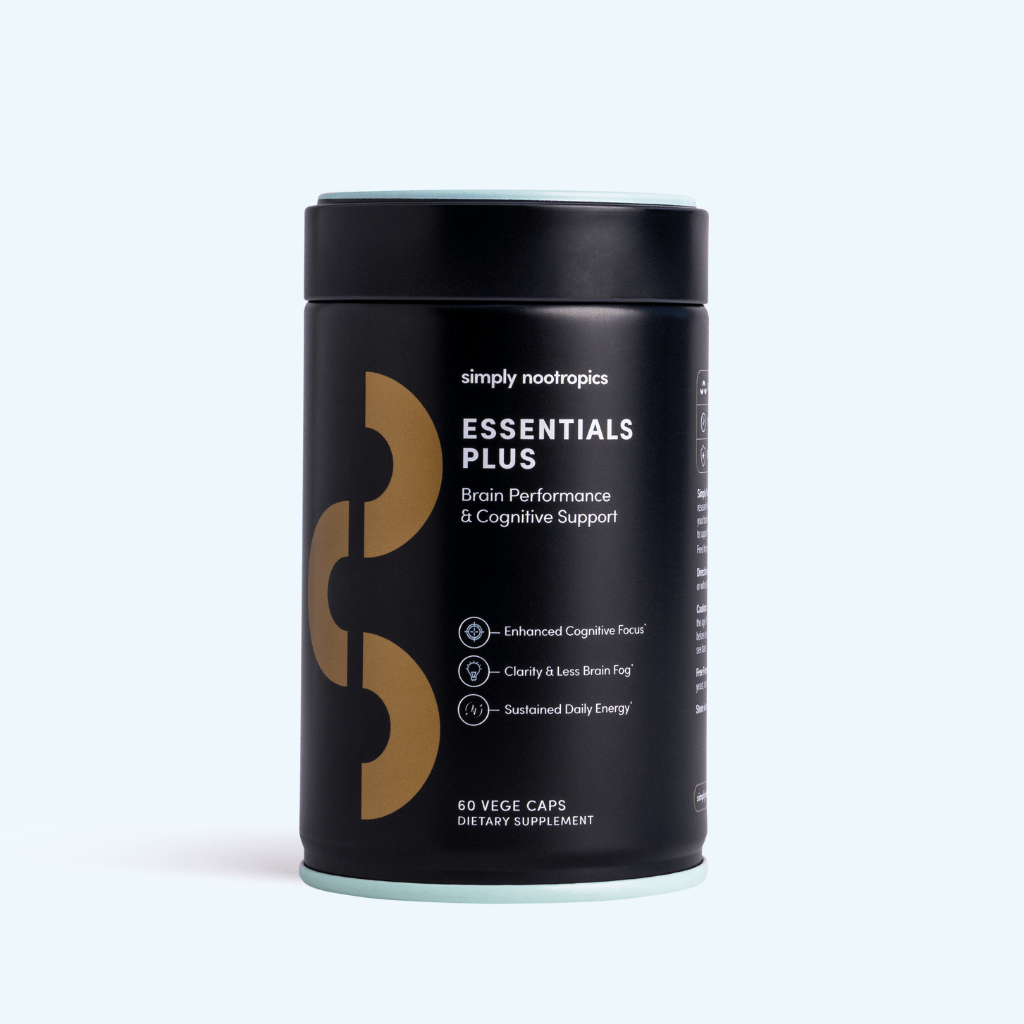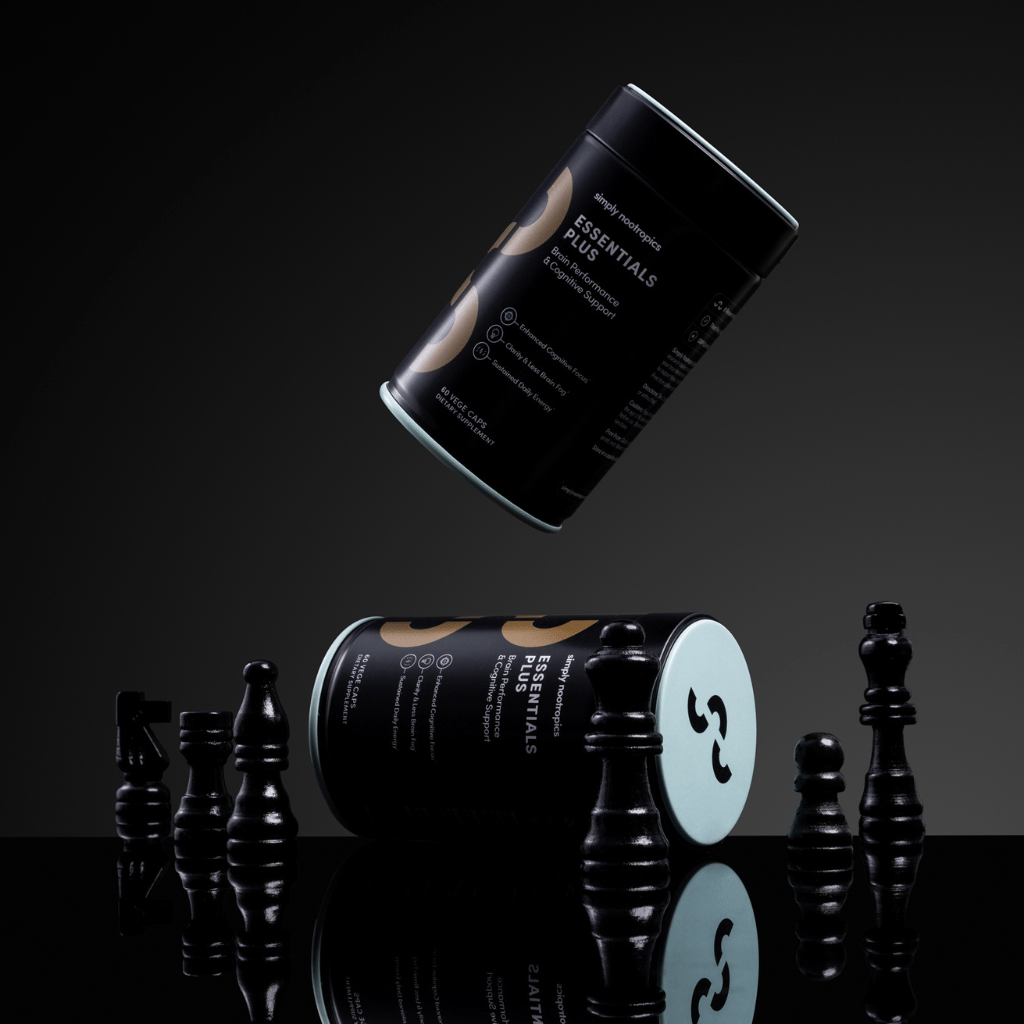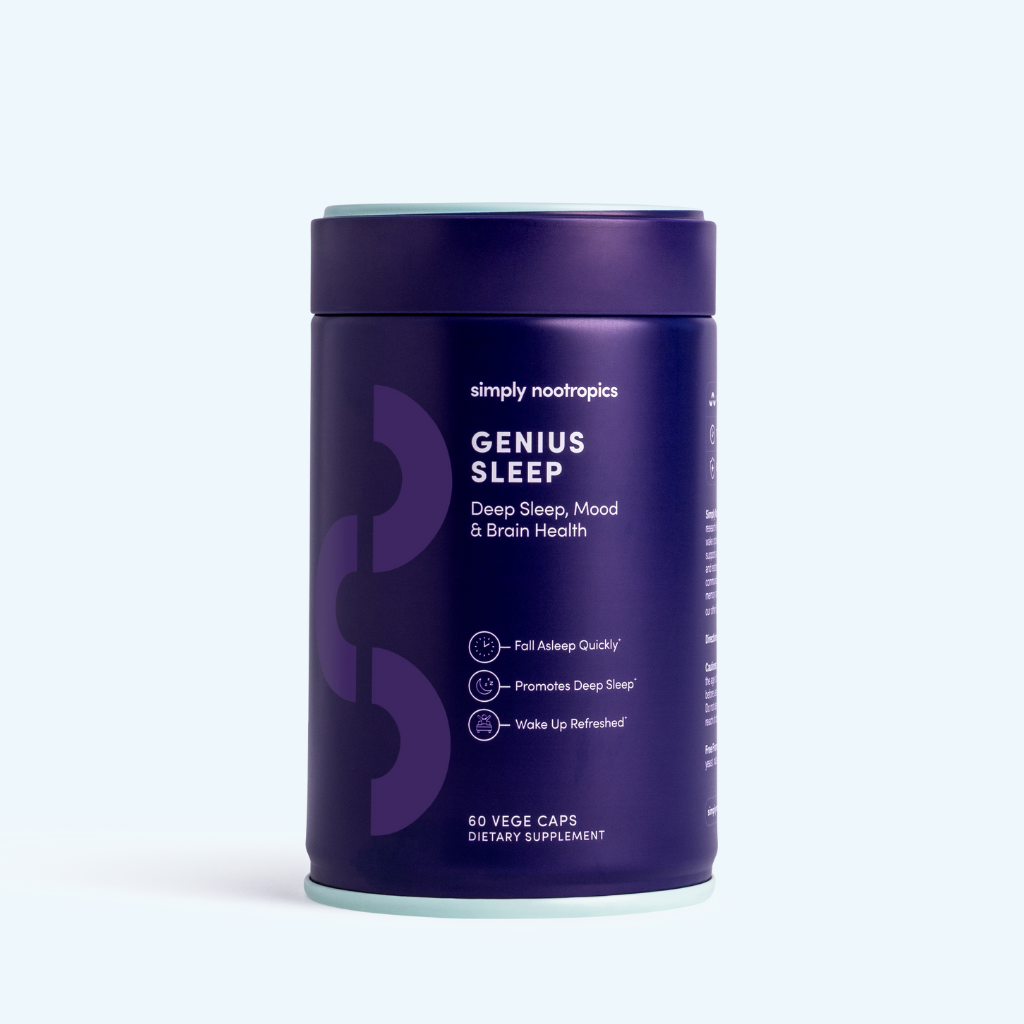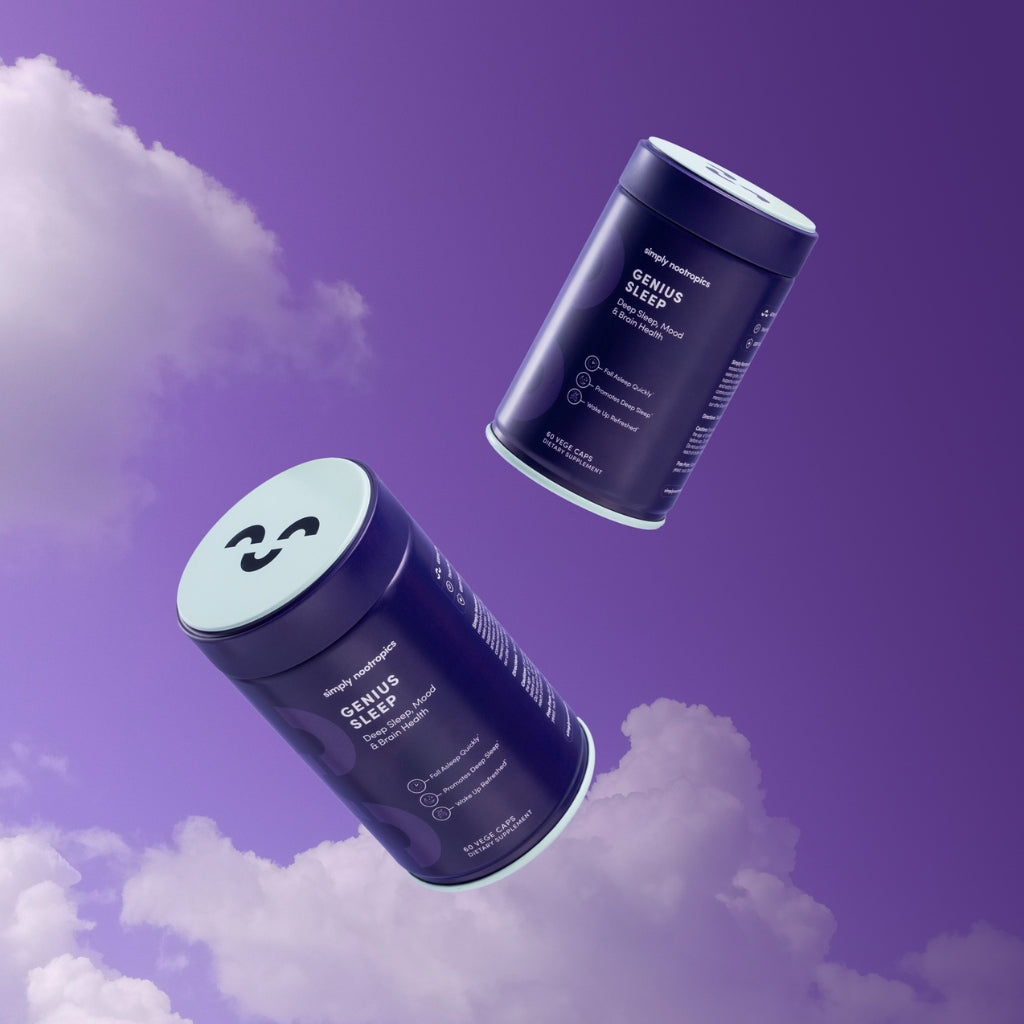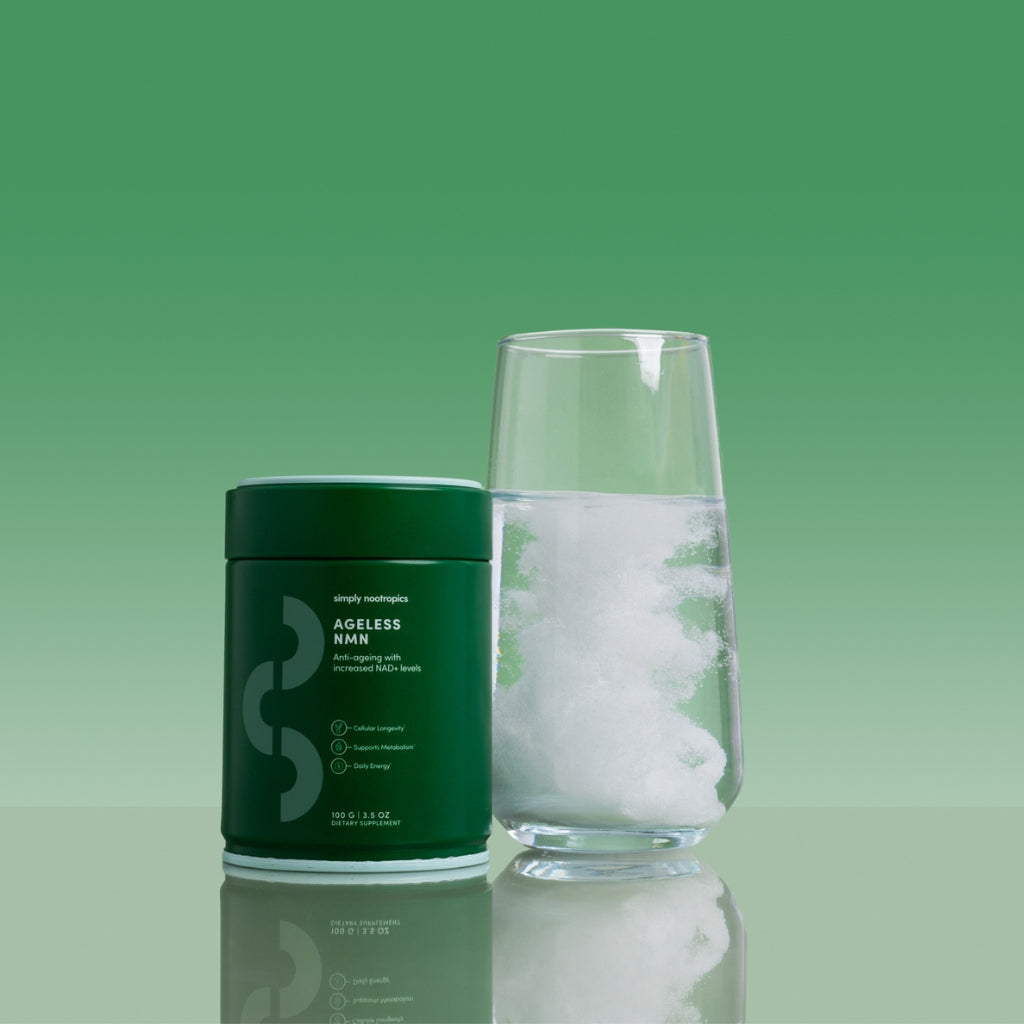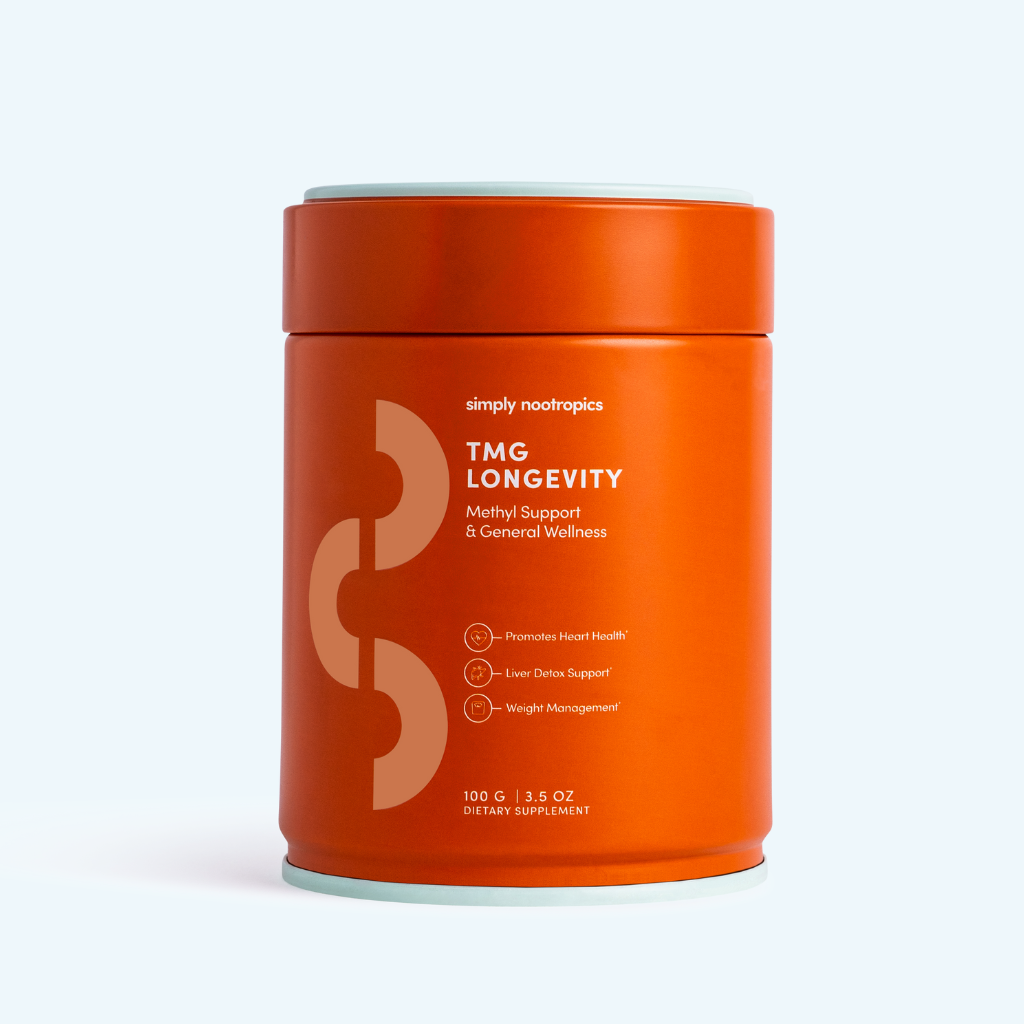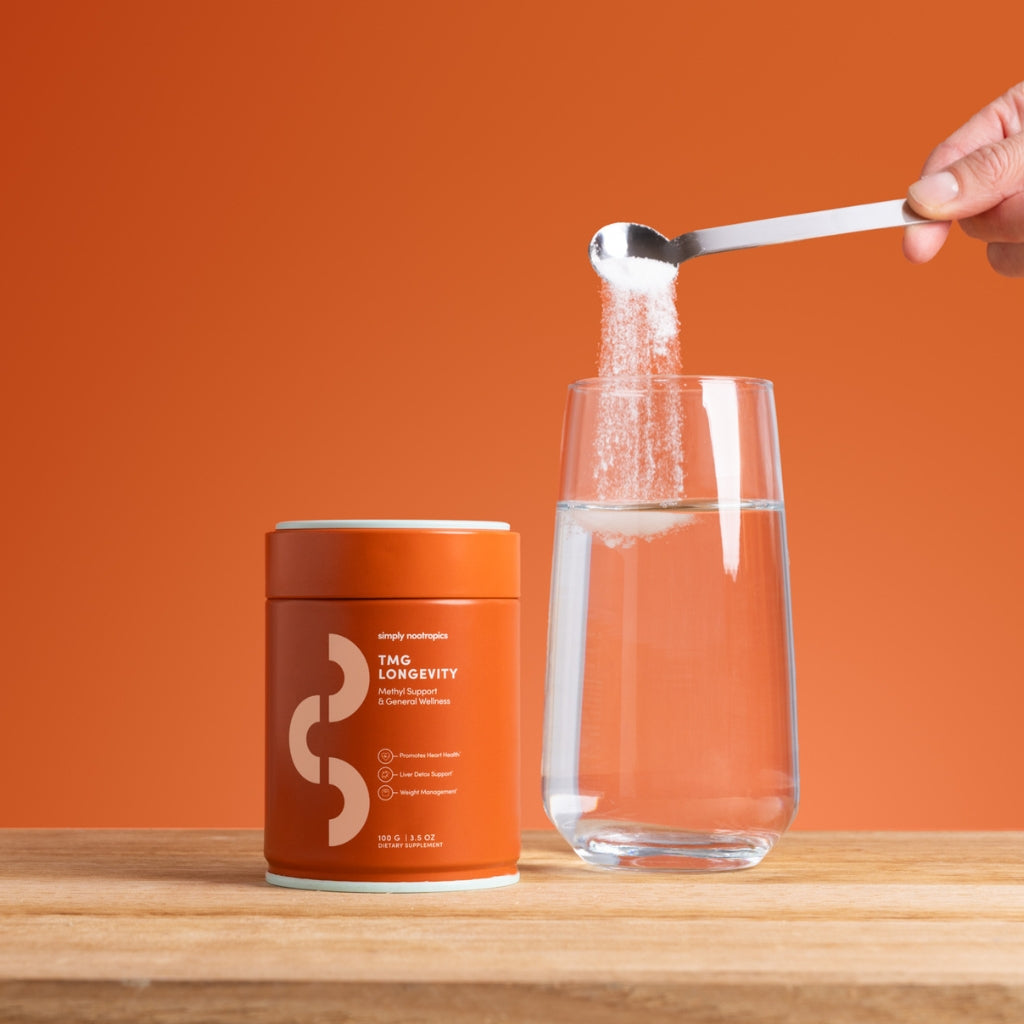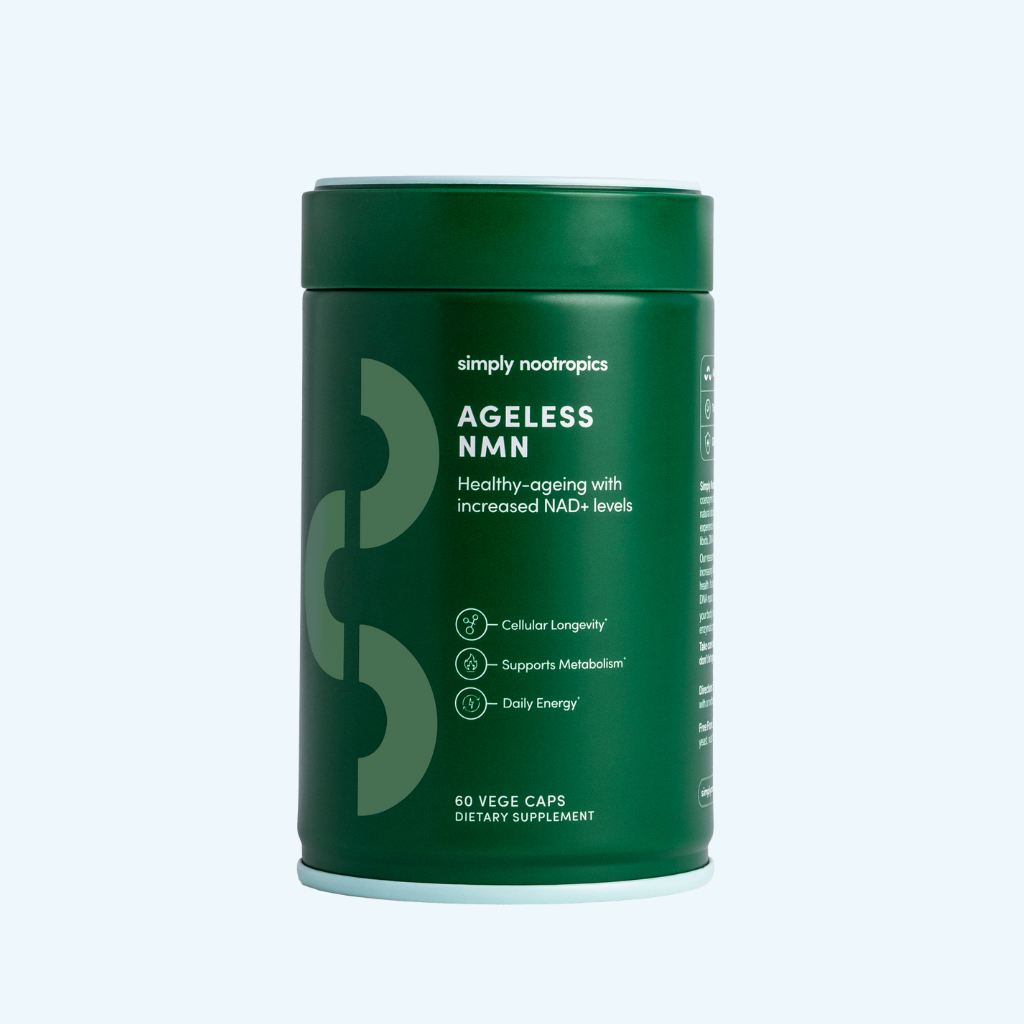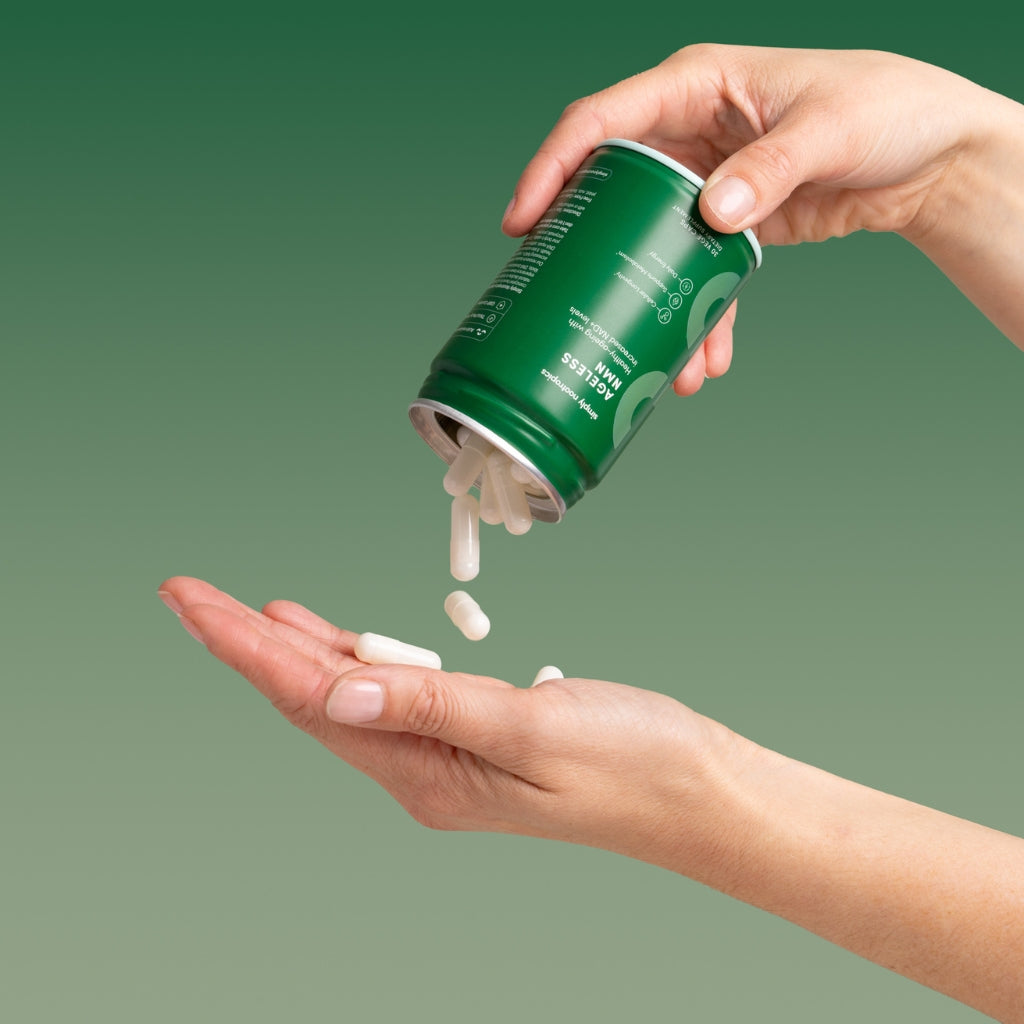From a surprising study on potatoes to the brain’s secret architecture and even lessons from the oxygen-sparse air of Everest, the latest findings reveal how complex our biology really is. This week’s science roundup underscores that longevity isn’t about one supplement or one habit, but a layered understanding of how choices, environments, and innovations interact with our health.
1. French Fries and the Diabetes Dilemma
Potatoes are often considered a comfort food, and many people assume they’re all roughly equal nutritionally. Yet a Harvard team looked at nearly four decades of dietary data from more than 200,000 adults and found that not all potato dishes have the same effects on your health.
The standout problem? French fries. Eating them three times a week was linked to a 20% higher risk of developing type 2 diabetes. By contrast, baked, boiled, or mashed potatoes showed no significant risk increase.
Why the difference? It comes down to preparation. Deep frying adds unhealthy fats and creates compounds that affect insulin response. The starchy inside of fries also converts rapidly into glucose, leading to blood sugar spikes. Add salt and preservatives, and the metabolic burden grows.
Interestingly, when fries were swapped out for whole grains such as quinoa, brown rice, or barley, the risk of diabetes fell by nearly 19%. The message is clear: the problem isn’t potatoes per se, but how we prepare them.
For longevity, the takeaway is simple: keep potatoes closer to their natural state, and diversify carbs with fibre-rich grains. Your skin, waistline, and pancreas will thank you.
2. Mount Everest Air and Parkinson’s
At first glance, Everest’s thin air seems more like a health hazard than a cure. Yet a groundbreaking study showed that mice with Parkinson’s-like symptoms improved or even reversed motor impairments when housed in low-oxygen conditions, roughly 11% oxygen, similar to air found at Mount Everest’s base camp.
This is counterintuitive. Oxygen is life-giving, so how could less of it be protective? The answer lies in the brain’s oxidative stress. Too much oxygen can create free radicals, which damage neurons. By lowering oxygen exposure, researchers reduced this damage, preserving motor function.
The study doesn’t mean Parkinson’s patients should book a trip to the Himalayas. Sustained hypoxia is dangerous. But it hints at a new therapeutic pathway: developing drugs that mimic the protective effect of reduced oxygen without depriving the body of what it needs.
For longevity seekers, the implication is powerful: small shifts in environment can produce profound changes in biology. Just as intermittent fasting or exercise stress creates beneficial adaptations, controlled “oxygen stress” may one day become part of the medical toolkit for neurodegeneration.
3. How the Brain Maps Movement
Neuroscientists have long debated how the brain organises motor control. The traditional view is body-based: one region for the hand, another for the foot. But new work from Georgetown University points to a different organising principle: one that revolves around actions rather than body parts.
Researchers used fMRI to study people born without hands, who instead use their feet for daily tasks. Remarkably, brain regions usually activated for hand-tool use lit up when these individuals used their feet, just as they did for control participants using hands. This suggests some areas of the brain are wired to represent what you’re doing, like reaching, grasping, using tools, rather than which limb is doing it.
The finding has big implications for rehabilitation and prosthetic design. If the brain can generalise motor commands across body parts, it may be possible to harness that flexibility after injury or limb loss.
Still, the study also found limits. The primary motor cortex remained strictly body-mapped, even in people who had relied on their feet since birth. This shows some brain areas are highly adaptable, while others are more rigid.
Lead researcher Ella Striem-Amit and her team note that this action-based organisation echoes findings in other forms of plasticity, such as blindness and deafness, where brain regions take on new functions. It’s further proof that the brain’s wiring is not as fixed as once believed, a hopeful insight for developing better recovery strategies.
4. Houseplants: More Than Just Decoration
Houseplants aren’t just about brightening a room: research shows they can support health in surprising ways.
-
Natural filters: Foliage traps dust and mold, reducing common indoor allergens.
-
Air support: Spider plants and others help boost humidity in dry rooms, easing skin irritation and even lowering cold and flu risk.
-
Cleaner air: Some species soak up volatile organic compounds (VOCs) from paints, cleaners, and office supplies.
-
Mind–body balance: Flowers and greenery lift mood, reduce stress hormones, and improve focus. Classrooms and offices with plants consistently show better concentration, memory, and productivity.
-
Healing power: Surgical patients recover faster, report less pain, and use fewer medications when surrounded by plants or even by views of nature.
-
Mental health: Gardening and indoor greenery are increasingly used in therapy for anxiety, depression, trauma recovery, and dementia care.
Not every plant is suitable (especially if you have pets), but adding even a few pots can have ripple effects for both physical and emotional wellbeing. For urban dwellers in particular, greenery is an accessible longevity tool hiding in plain sight.
Where NMN Fits Into the Bigger Picture
When we talk about integration, one molecule comes up repeatedly in longevity research: NAD+. It fuels mitochondrial energy, DNA repair, and cell survival. Yet NAD+ levels decline with age, contributing to fatigue, slower recovery, and greater vulnerability to disease.
But NMN (nicotinamide mononucleotide) can help. By replenishing NAD+ pools, NMN helps cells maintain their energy and repair functions. While eating better or adding plants to your home improves health indirectly, NMN directly fortifies the cellular machinery at the root of vitality.
Simply Nootropics Ageless NMN was created to deliver this support in a simple, bioavailable form. Think of it not as a silver bullet, but as part of the larger strategy revealed by these studies: provide the body with the conditions, actions, and molecules it needs to thrive.




